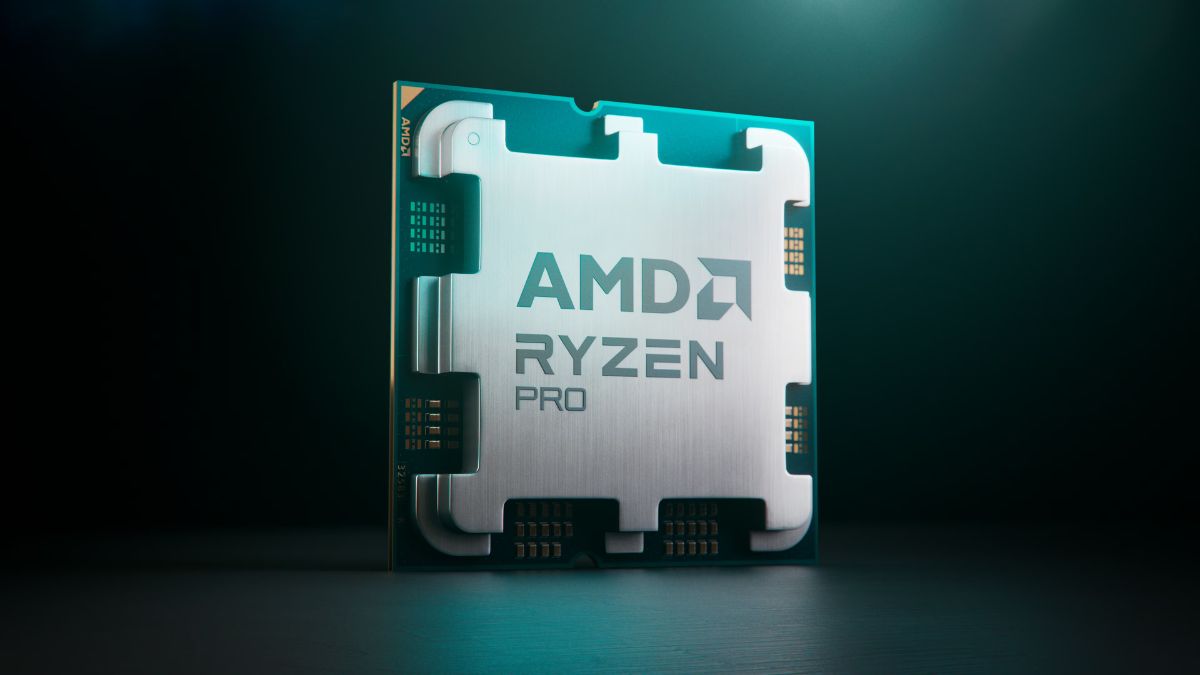
Advertisement
Advanced Micro Devices (AMD) reported a strong second-quarter performance, significantly exceeding Wall Street’s expectations for both revenue and earnings, driven by a substantial increase in data center sales and AI chip demand.
For the quarter ending June 29, AMD posted earnings per share of 69 cents, surpassing the consensus estimate of 68 cents. Revenue for the period reached $5.84 billion, beating expectations of $5.72 billion. The company’s strong performance led to an 8% rise in its share price during extended trading.
AMD’s net income surged to $265 million, or 16 cents per share, a notable increase from $27 million, or 2 cents per share, reported in the same quarter last year. The company forecasted approximately $6.7 billion in sales for the current quarter, slightly ahead of Wall Street’s expectations of $6.61 billion.
The significant growth in AMD’s Data Center segment, which saw a 115% year-over-year increase to $2.8 billion, was a key highlight. This growth was fueled by higher sales of AI GPUs, with revenue from the MI300 chips surpassing $1 billion for the quarter. CEO Lisa Su announced that data center GPU revenue is now expected to exceed $4.5 billion in 2024, up from the previous guidance of $4 billion.
Despite these gains, AMD’s shares have decreased by approximately 6% year-to-date, in contrast to the impressive performance of Nvidia, which has seen its stock more than double this year. Nvidia remains the leading vendor of AI GPUs, critical for training and deploying advanced AI models.
AMD’s core business in central processors (CPUs) for laptops and servers performed well, with the Client segment rising 49% year over year to $1.5 billion, surpassing expectations of $1.43 billion. This indicates a potential recovery in the PC market following a period of post-pandemic slowdown.
However, AMD faced challenges in other areas. Revenue from its gaming segment fell 59% year over year to $648 million, missing expectations of $676 million. The Embedded segment, which includes products from the 2022 Xilinx acquisition, also saw a decline, with sales dropping 41% year over year to $861 million, although it did surpass expectations of $856 million.
Overall, AMD’s robust performance in the data center and AI sectors highlights its growing presence in the competitive chip market, despite facing challenges from rival Nvidia and fluctuations in other segments.
